Do you think a Mac doesn't slow down over time and therefore doesn't need maintenance? Then you are not fully informed. Just like any other computer, a Mac requires regular maintenance to keep functioning optimally. This means that you should periodically perform a system check to improve the speed of your Mac.
How can I speed up my Mac?
Mac computers often have limited storage capacity, especially when it comes to hard drive space. If your Mac is still equipped with a traditional hard drive instead of a Solid State Drive (SSD), it is recommended that you replace it with an SSD. This can provide a significant improvement in speed.
In addition to hardware upgrades, there are also software adjustments you can make to make your Mac start up faster. In this article you will find several tips to speed up the use of your Mac and how to clean up certain settings and files.
A common complaint is that a Mac starts up slowly. This is often caused by too many apps starting automatically. So a first step is to go through and possibly disable apps that start automatically when your Mac starts up. This can make a significant difference in boot speed.
How can I clean up my Mac?
The next step is to delete unwanted files, such as temporary files. These are so-called “cache files” that are created by installed apps. These can slow down your Mac if you don't remove them regularly.
If your Mac is still slow after these steps, consider using software that automatically cleans your Mac at regular intervals. This saves time and is especially useful for less tech-savvy Mac users.
To make your Mac faster overall, you can also adjust certain settings that improve the user experience. This concerns settings related to the appearance of macOS. The appearance of macOS offers various actions and effects. If your Mac is older, these effects may affect the speed of your Mac. Disabling or adjusting these effects can help reduce system processes and make your Mac run more smoothly.
30 tips to speed up your Mac
This guide provides a complete guide to speeding up your Mac on your own and, if necessary, cleaning up junk files and applications. You don't need to have any technical knowledge; I explain all steps in detail, supported with images. Let's get started.
Cleaning Startup Applications
Are you experiencing your Mac being slow during startup? This may be due to the fact that when the user logs into your Mac, a large number of software applications are launched automatically.
Many applications that start up while logging into your Mac can significantly slow down the speed of your Mac. That's why we're going to check the startup programs and disable them if necessary.
- Click on it Apple icon in the top left corner of your screen.
- Select 'System Preferences' from the drop-down menu.
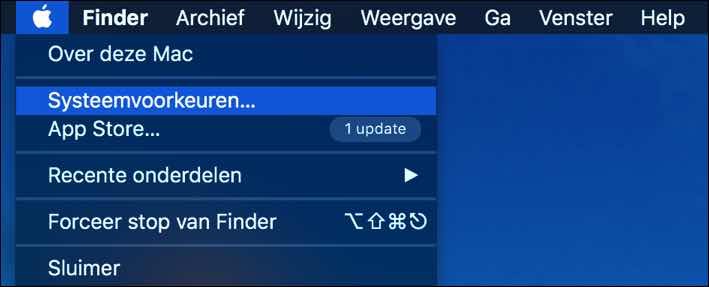
Click on Users and Groups.
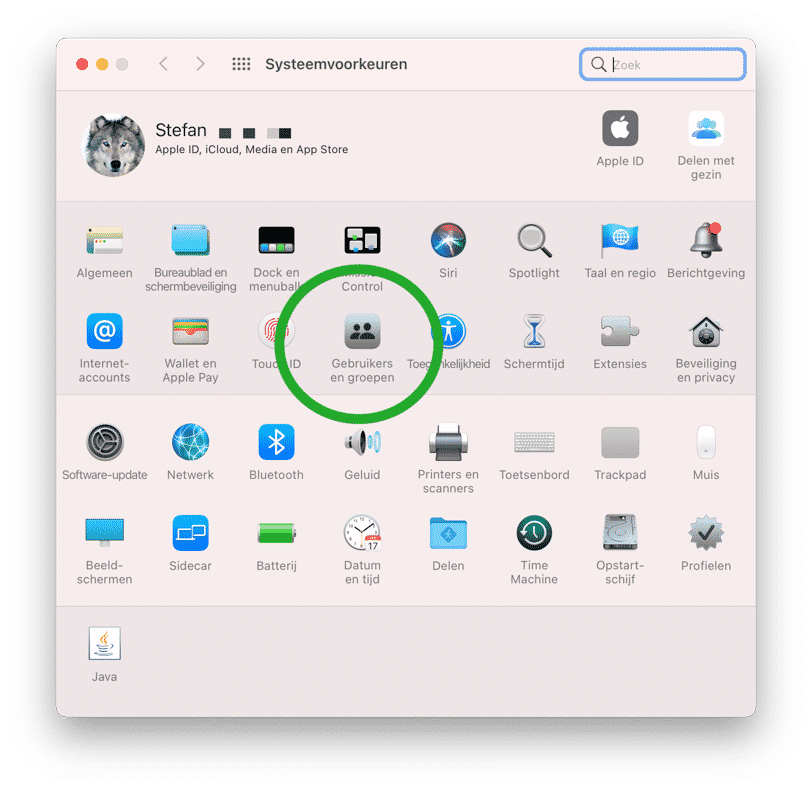
Click on the Login tab and select the lock to change settings. Enter your password for identification (if necessary)
Select the program you want to remove from the startup list and click on the – (minus) sign at the bottom of the list.
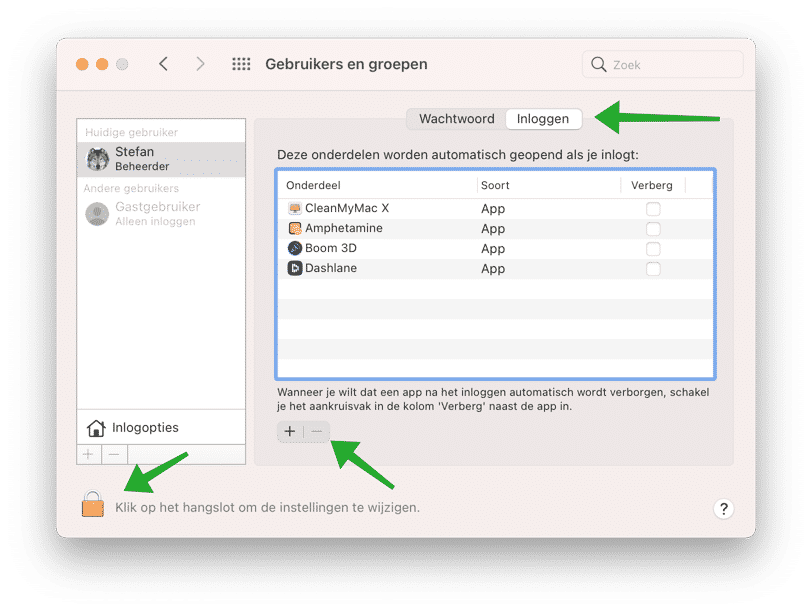
Delete cache files
Applications store cache, which are essentially temporary files. These cache files help applications launch faster, but over time they can build up and negatively impact your Mac's performance.
Clearing these cache files can make applications start and function significantly faster. You have the option to delete cache files manually, but you can also automate this process using special software. I will explain both methods.
Manually delete cache files
- Open Finder.
- Type: Command (⌘) + Shift + G key combination on your keyboard.
- Type: ~ / Library / Caches /
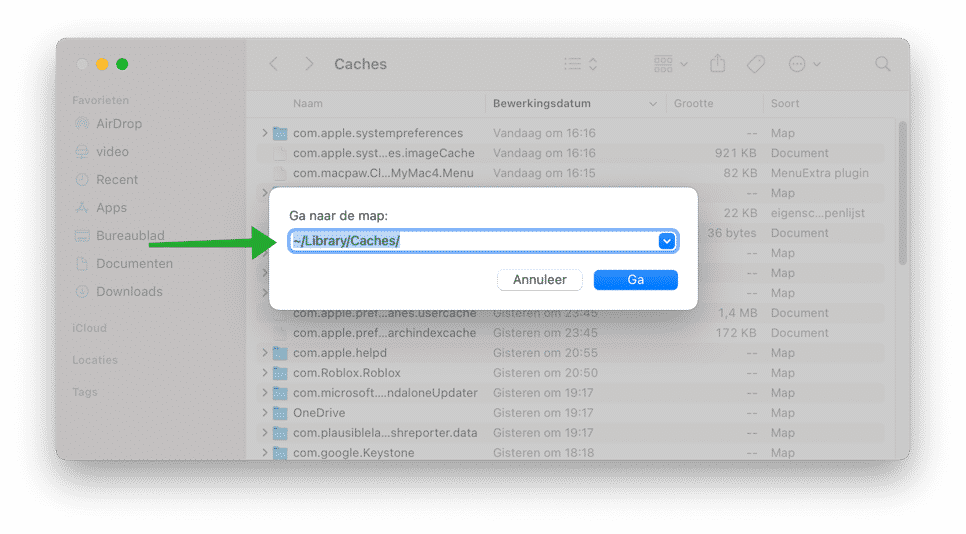
You are now in the cache files folder, defined per Mac application.
If you choose to delete cache files from a specific application, you must ensure that this application is no longer active. Therefore, close all applications.
Note: it is important that you know which cache files you delete.
If you're not sure which cache files to delete to clean up your mac, use a software program like CleanMyMac that will automatically clear the cache files for you.
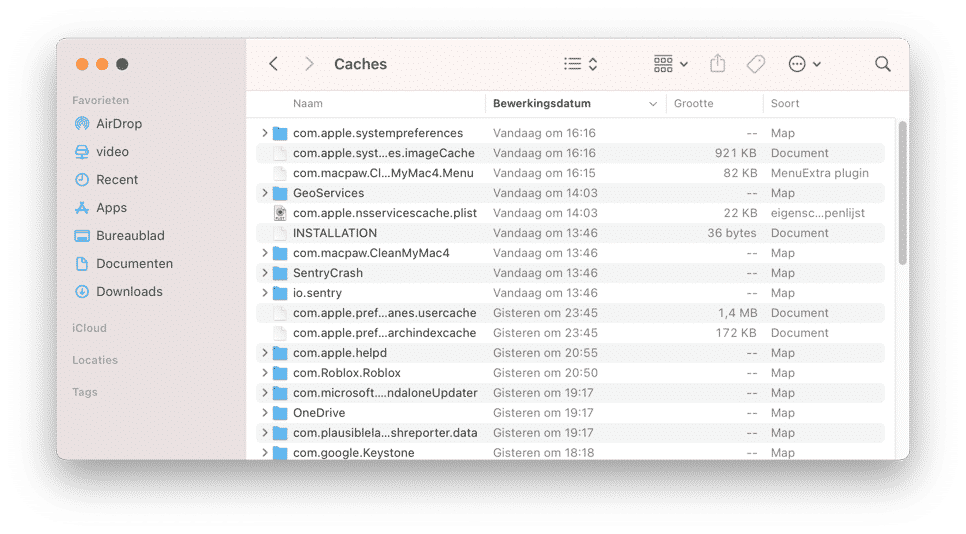
Clean up Mac with CleanMyMac (RECOMMENDED)
Automatically delete cache files and make mac faster
There is a wide range of good software available to automatically delete cache files and other files that are slowing down your Mac. This software allows you to delete not only system cache but also temporary Internet files.
A program I personally recommend is CleanMyMac. CleanMyMac distinguishes itself by its user-friendly and clear user interface. It's easy to find your way around CleanMyMac, even if you don't have a technical background.
One of the standout features of CleanMyMac is its 'Smart Cleanup'. This feature allows you to identify files that are slowing down your Mac. It is a very useful tool that thoroughly cleans your Mac, significantly improving its speed and performance.
Besides cleaning up files, CleanMyMac also offers other features like managing startup items, removing unwanted apps, and optimizing memory. All these features contribute to a smoother and faster-functioning Mac.
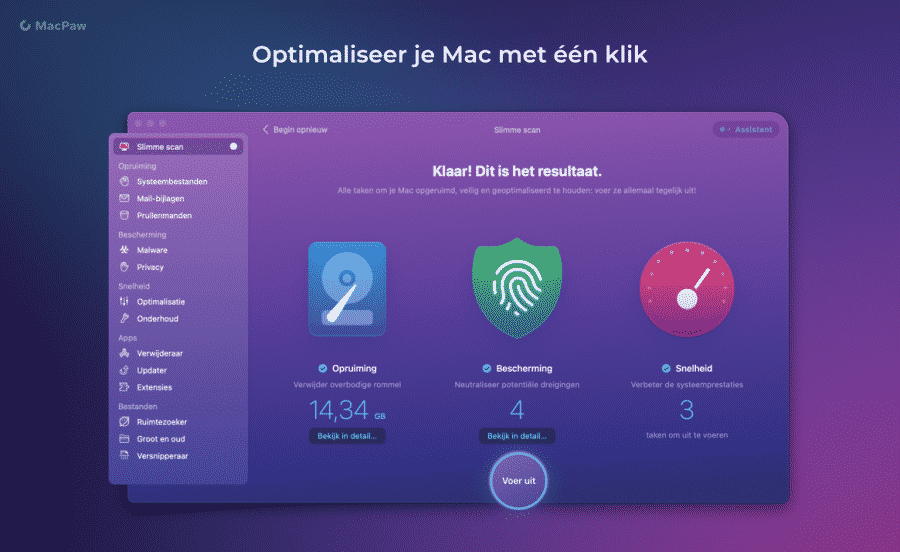
In addition, CleanMyMac provides functionality to improve hard drive performance by performing Mac maintenance tasks.
Hard drive performance decreases over time, CleanMyMac improves your hard drive and ensures that your Mac becomes and remains faster.
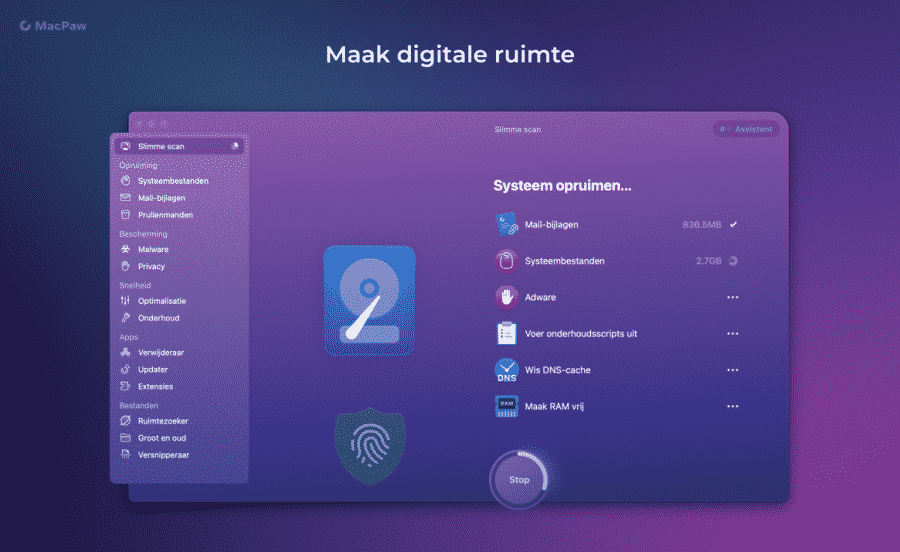
All the functionality and options that CleanMyMac offers to speed up your mac are all self-explanatory.
CleanMyMac X is highly recommended to clean up your MacOS system. CleanMyMac X is suitable for all current and future macOS operating systems. Your Mac will become significantly faster with CleanMyMac. It is also the most used Mac tool in the world.
Or, read more about CleanMyMac in my extensive CleanMyMac review.
now available: Space Lens in CleanMyMac, read more about the new Space Lens functionality!
Clean up Mac with CCleaner
If you are looking for an alternative to mainly clear internet cache, then this is it CCleaner a good alternative for Mac. Download, install and open the CCleaner application.
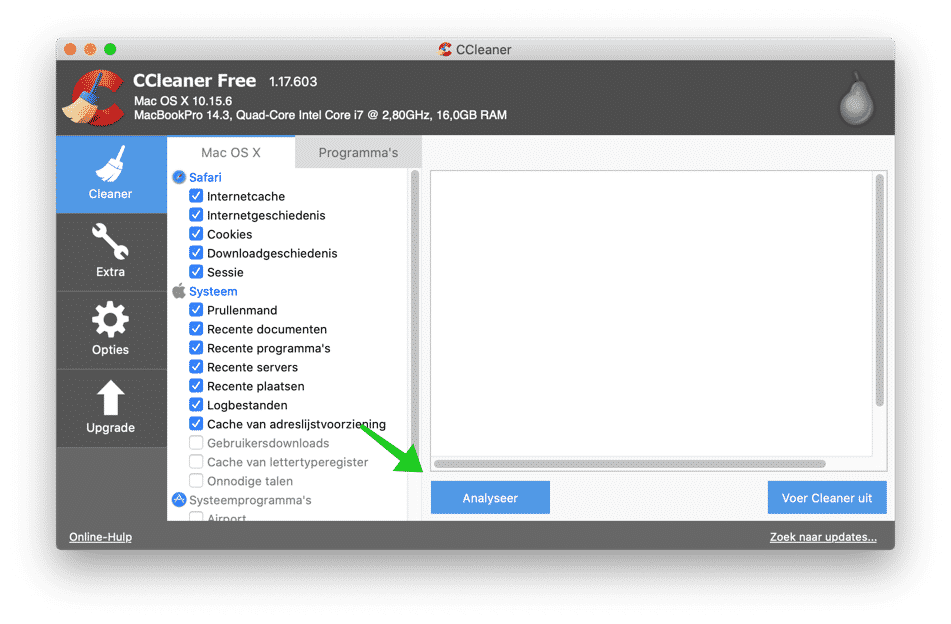
Click the: Analyze button to run a scan for files that are slowing down your Mac.
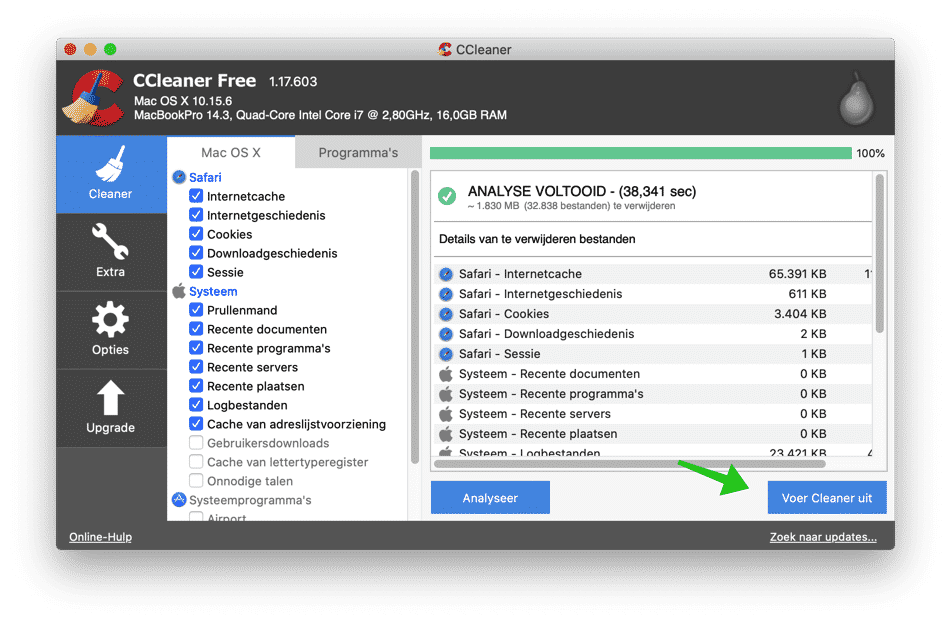
Once the scan is done, check the files and click the Run CCleaner button.
Speed up Mac with Avast Cleanup
A clean Mac is a fast Mac. Cluttered files can lead to poorly responsive programs and less disk space, which can slow things down drastically. Deleting old files, such as temporary trash data or junk files, will help alleviate these problems. Avast Cleaner for Mac removes junk files and duplicates
You can clean up your Mac yourself, but if you want to take the easy route, Avast Cleanup for Mac gets the job done in no time. We also find old documents and files that you no longer use and clean them up in no time!
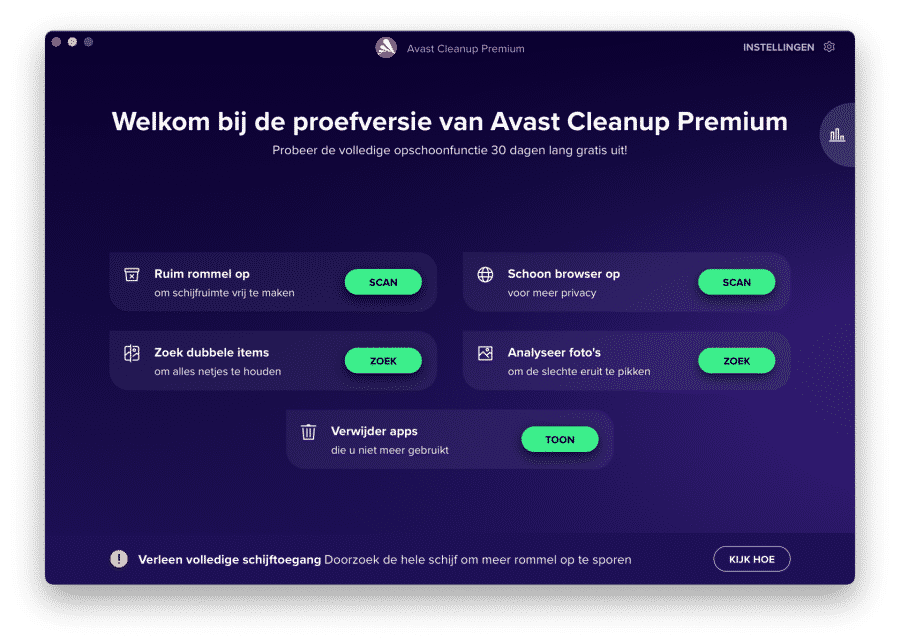
Speed up Mac by removing malware
If you still think that a virus or malware on your Mac will not be so bad, you will be disappointed.
It's true that there aren't many real viruses available, but one big one problem on Mac computers is adware. Adware is software delivered via free software that you can download from the Internet.
This is malware that occupies a gray area between a virus and advertising software.
I recommend that you check your Mac for adware. Adware slows down your browser and collects browser data and personal data from your Mac for advertising purposes.
Malwarebytes for Mac is free to use for 14 days and will clean up this adware installed on your Mac.
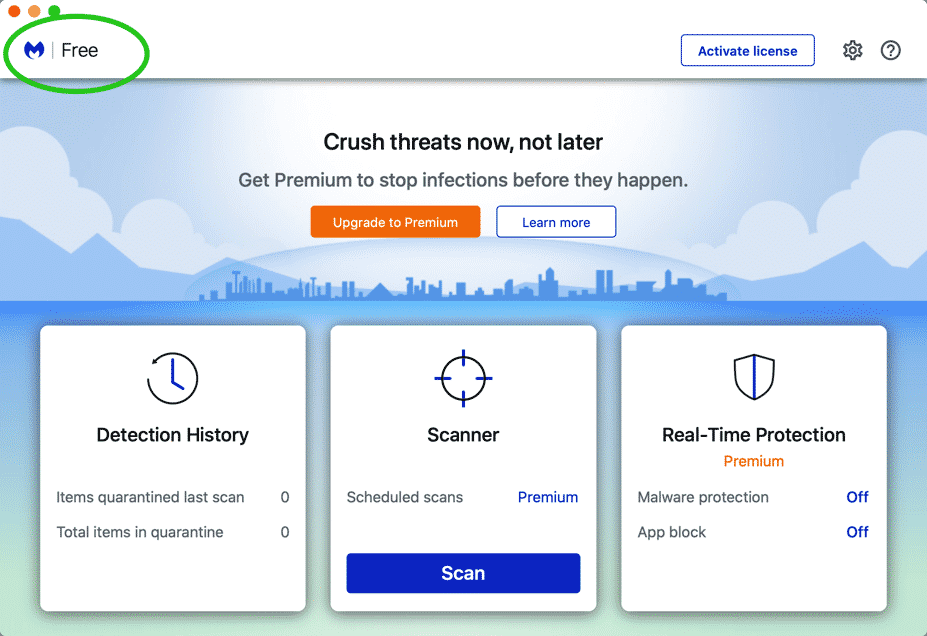
Delete large files
Large files slow down the Mac system, everyone knows this.
The problem with cleaning up large files, where do I find them again? Which files on my hard drive are large and cause a slowdown or a full hard drive? That is a problem that many people encounter.
There is a solution to this problem, a free solution, namely OmniDisk Sweeper. This software is completely free and can show the size of each folder and file using colors. It allows you to locate and delete large files.
Remove duplicate files on your Mac with Gemini
Duplicate files can also take up a lot of disk space on your Mac.
It is therefore advisable to Check your Mac for duplicate files and remove them where necessary. You'll be amazed at how much Mac disk space you can save with Gemini software!
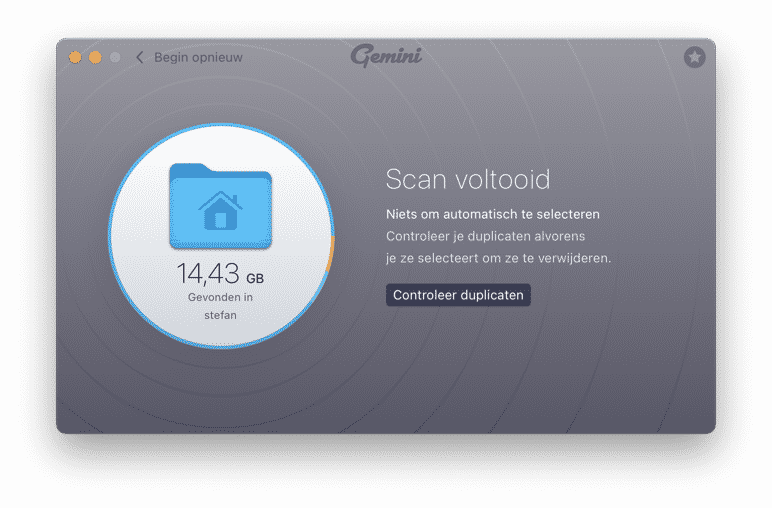
Replace hard drive to an SSD hard drive
The fastest way to speed up your older Mac computer is to replace the current hard drive with an SSD (Solid State Disk) hard drive.
Here you will find a nice article how to replace the hard drive and what you need for this.
The article is written in English.
Add RAM to your current Mac
Hardware-wise, you can do the following to speed up your Mac. Namely, adding the RAM. Buy RAM Memory for Mac.
If you have an older Mac, it is advisable to ask the store whether your RAM memory can be expanded. A Mac computer usually consists of a standard package of hardware parts and there is little room for adjustments.
As a result, it is often not possible to simply add hardware. However, you can replace hardware.
If your Mac has a 2 x 2GB DIMM slot you can replace the 2 x 2GB RAM modules with 2 x 4GB. Once again, if you need information about this, I recommend that you submit your Mac to Apple hardware specialists.
Expanding your Mac with memory is a cheaper way than buying a completely new one Buy a Mac computer.
If you do not keep up with the updates, you are also at risk on the Internet. The updates not only provide stability but also security updates, as well as a lot of new drivers for peripherals such as printers and digital cameras.
Optimize your Mac storage
The developers of Apple have already anticipated the problem with slow Macs. You can easily find their useful recommendations for managing and optimizing the storage space on your Mac.
Go to the top left Appleicon (). Click About This Mac. Go to the Storage tab and click the Manage button.
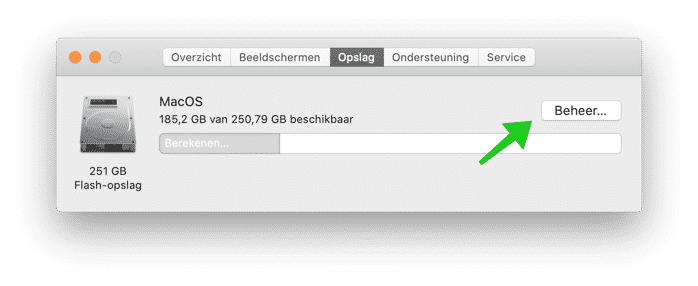
A window will now open with Recommendations.
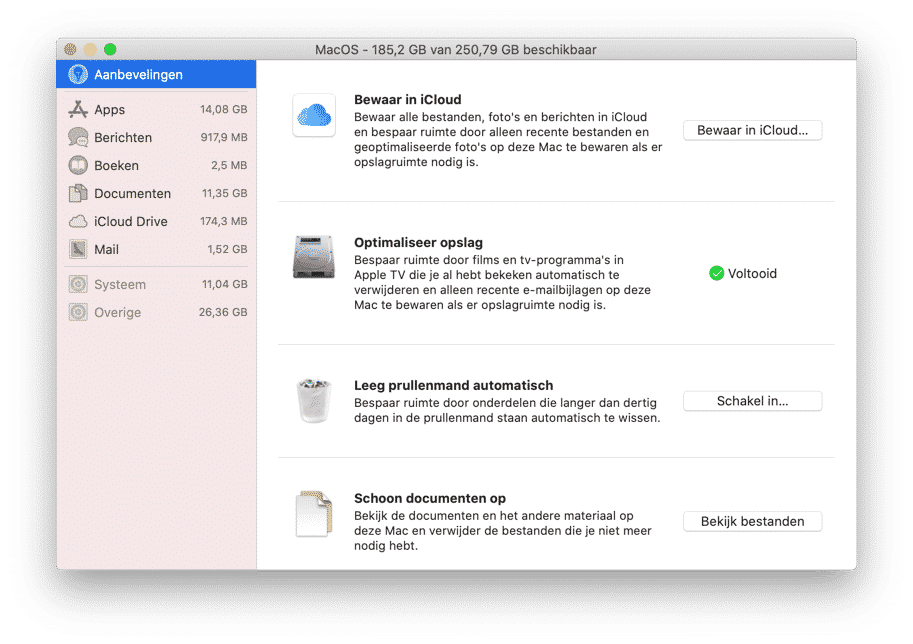
You can transfer your files and data to iCloud to save space on your Mac. You just click Save to iCloud and choose the files you want to save to iCloud storage.
Another useful tip is to optimize storage on your Mac by storing large files such as Apple Delete TV movies and TV shows.
To make sure your Trash isn't full of files and folders, you can set Empty Trash automatically. You can also quickly take a look at your documents and delete the files that are piling up. You can do this by clicking Clear Documents.
Install macOS updates
Your Mac's operating system is extremely important to Mac performance. An older operating system runs slower, this is one of the reasons why Apple releases an improved macOS every year.
Having the latest version of macOS is a good practice. Don't think of it as adding more junk to your already slow Mac. Think of it as new software that makes your Mac run smoother.
So, to update macOS and speed up your Mac click on it Apple icon () in the upper left corner, then click About This Mac. Then click on Software Update.
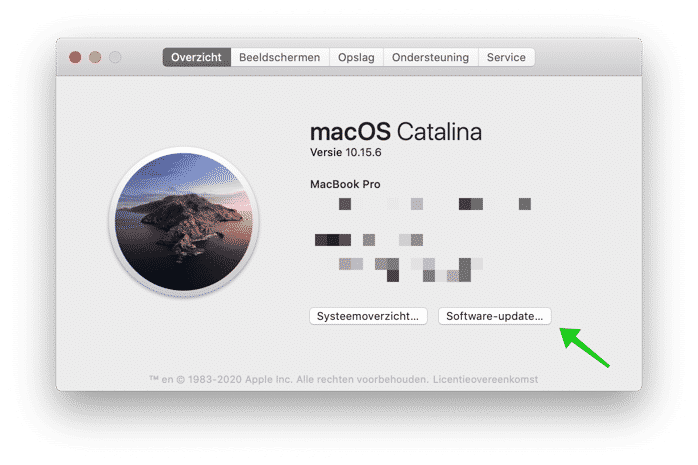
If a new macOS version or update is available, install it. In the future, you can check the box Automatically update my mac so you don't miss any updates anymore.
Too many background processes
If you have too many applications running in the background, your Mac won't even be able to perform simple tasks.
Activity Monitor shows you which processes are using your system resources. Stopping a program that requires a lot of computer power can make a big difference in speeding up your slow Mac.
Open the applications folder and then the utilities folder. Here you will find the Activity View. View the list of programs and processes running on your Mac in real time.
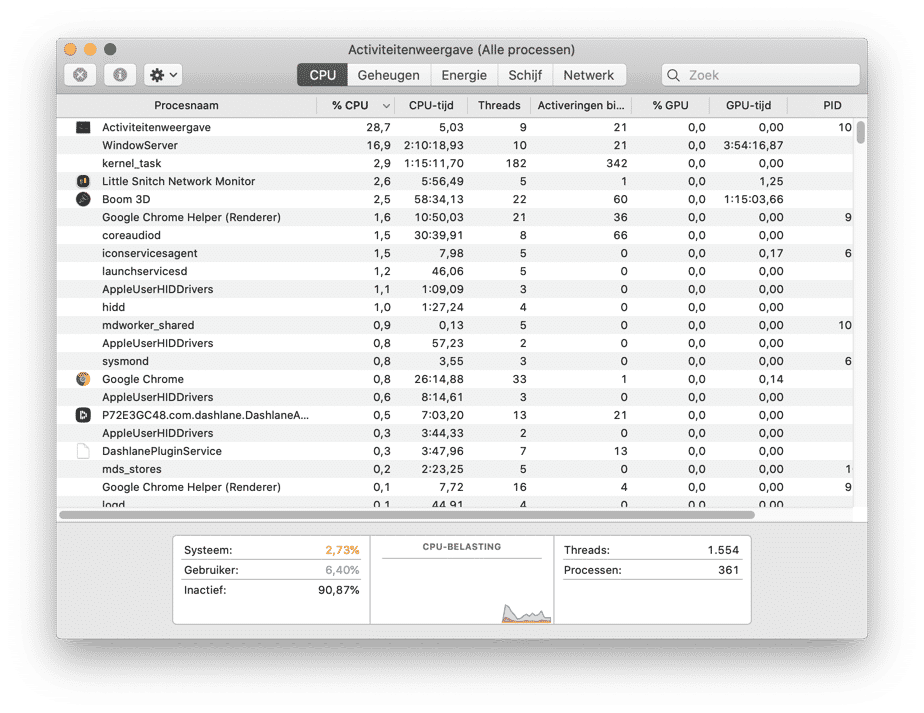
The Activity View lets you see what's happening with your Mac.
Click the Memory tab at the top of the list, then click the Memory filter at the top of the list; this sorts the Mac applications by the amount of memory they take up on your Mac RAM. The higher the number, the more memory they need.
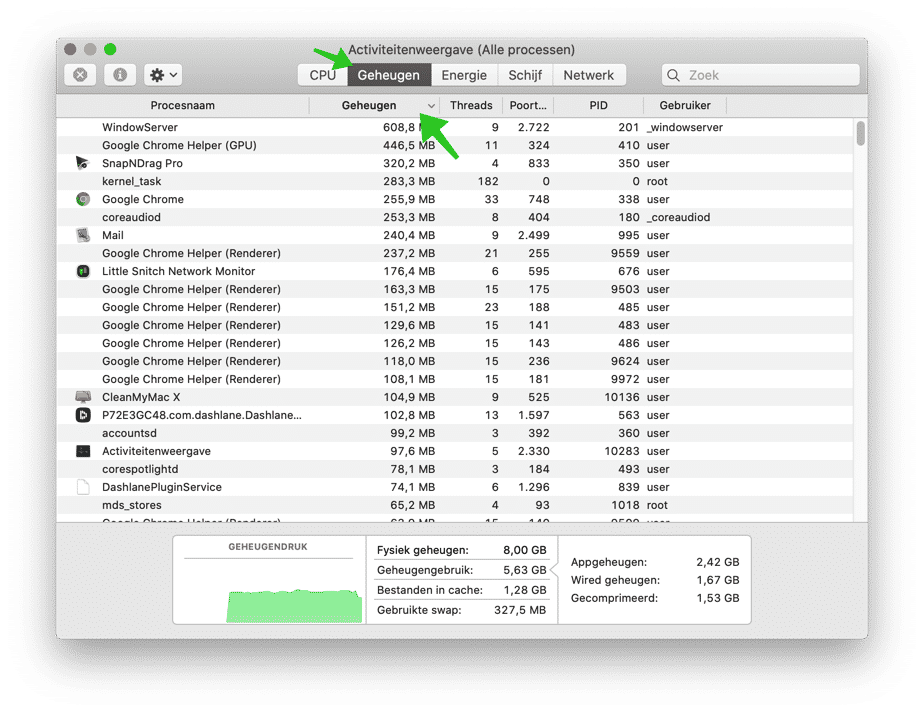
Stop a program from running by clicking the program in the list and then clicking the gray “x” icon in the upper left corner of the window. Some technical knowledge is required to detect which applications you can close and which you cannot.
Old hardware
Sometimes it is not possible to be an older person Make Mac faster with tips and software settings. The only thing you can do is see if you can equip your Mac with new hardware. Consider installing an SSD hard drive or more RAM memory.
I encourage you to see if you can upgrade by contacting Apple Support. Apple can explain exactly whether it is possible to replace your older hardware by looking up the serial number of your Mac.
Unused applications
Since your Mac may be behaving slowly due to storage issues, it is good to check if you have some free hard drive space on your Mac. Unused apps are the biggest space wasters. We all download apps that seem useful and useful at first, but end up slowing down our Mac.
To see if you are using applications that you can remove, you can do so manually or via CleanMyMac.
Detect unused apps
Open Finder. Click on Apps in the menu on the left. Filter the edit date by clicking it twice, this sorts the apps from oldest to newest.
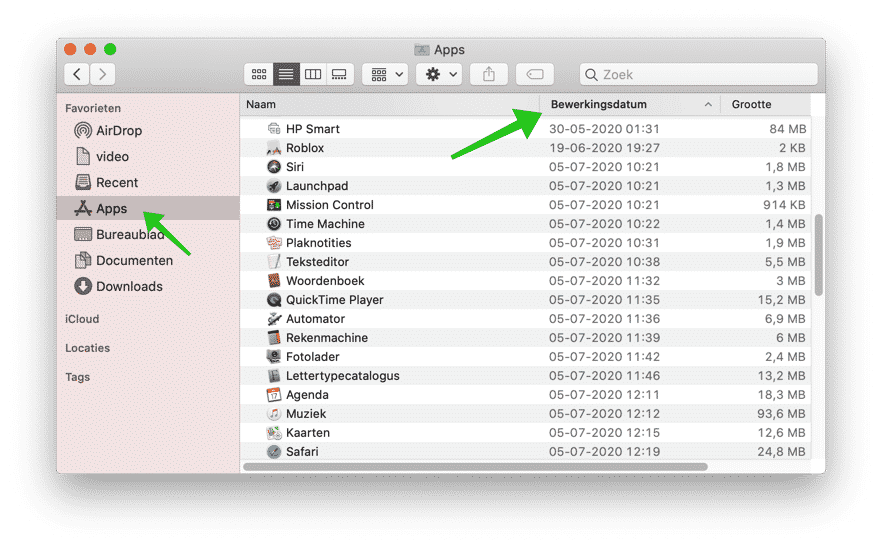
Select the app you want to delete and drag it to the Trash. However, it can be easier with CleanMyMac.
In CleanMyMac, click Uninstaller. Then click on the Unused filter and there the applications that you do not use are displayed sorted by size. This allows you to more quickly discover unused applications that are taking up a lot of disk space on your Mac.
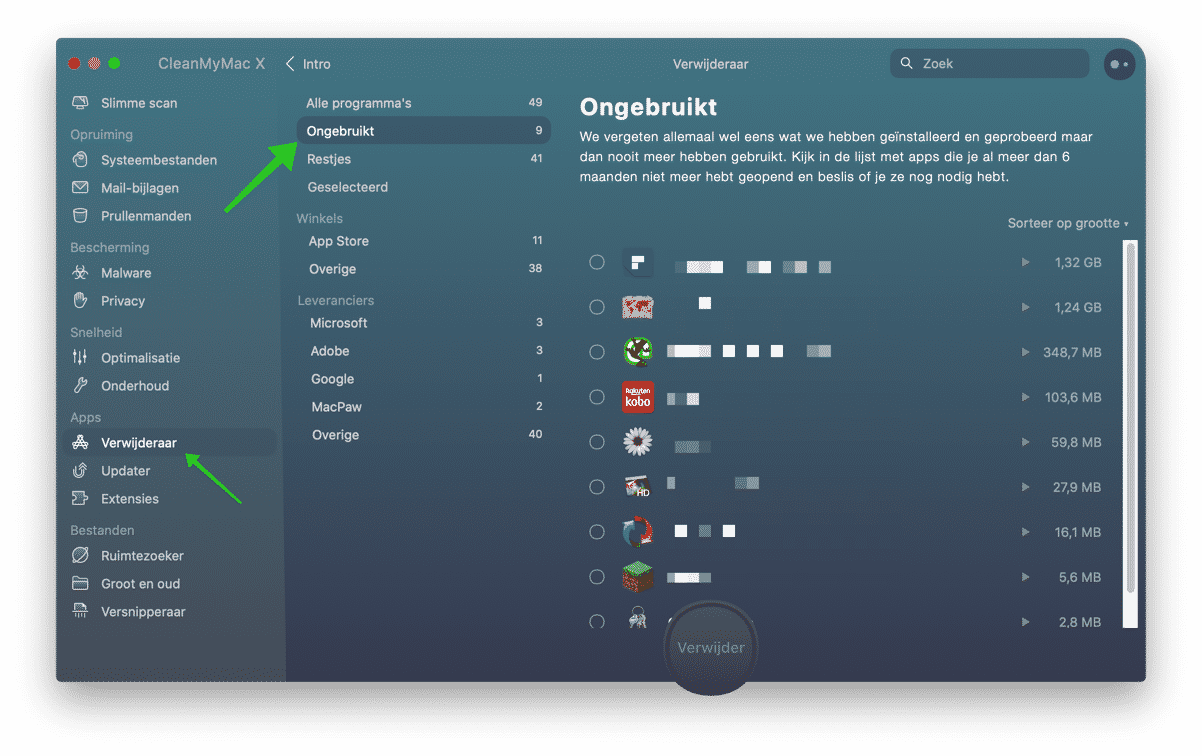
Clean up a messy desktop
If you're using your desktop as a “dump,” it's high time for a cleanup. Not many people know this, but every icon on the desktop is essentially a small active window that macOS needs to process. If there are a lot of desktop icons, it's no wonder your Mac becomes slow.
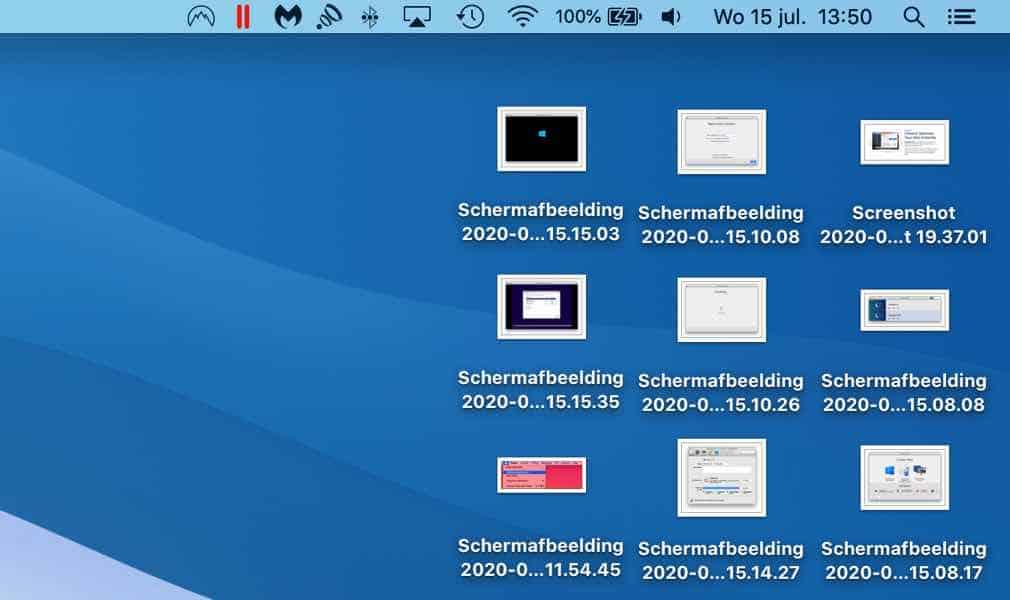
To make your Mac run faster, you can organize the files on your desktop into separate folders. Right-click on the desktop and select Use Stacks. Read more about Clean up your Mac Desktop (opens in new tab).
Slow browser on Mac
Most of us use our Macs online 90% of the time. In other words, if your browser is slow, your Mac will be slow too. Even the fastest Mac can slow down with hundreds of open tabs and extensions.
Hidden add-ons, plug-ins and extensions are often disguised as free software. You download something and the next moment you see weird search bars, pop-ups and unwanted ads on your screen.
Of course, there are also useful extensions, but every extension weighs on the speed of your Mac. And finally, such extensions can secretly collect your data. It is therefore advisable to remove extensions that you do not use.
Safari
Open the Safari browser. Click on Safari at the top left and open Preferences from the menu. Go to the Extensions tab. Look for any unwanted or unknown extensions, click on them and click Uninstall.
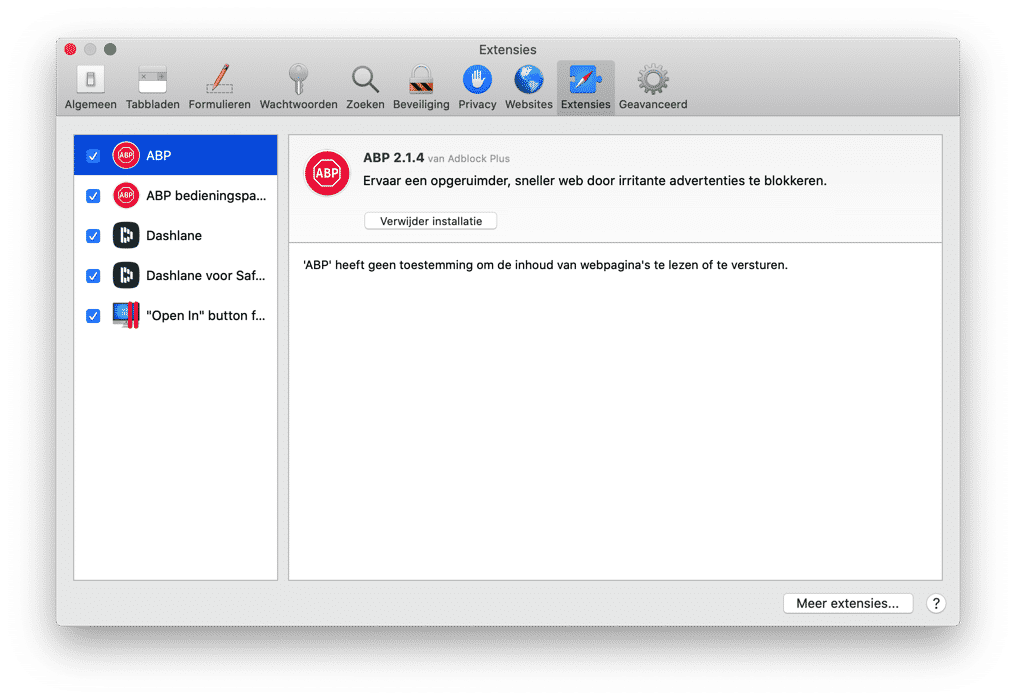
Are you looking for instructions on how to do one Google Chome extension removal (opens in new tab).
Delete other cache files
Cache files are temporary files that can be divided into system cache, user cache and cache files created by apps on your Mac. You can delete cache files manually or automatically.
Open Finder. In the menu go to: Go. From the menu, click Go to Folder. In the window type: ~/Library/Caches
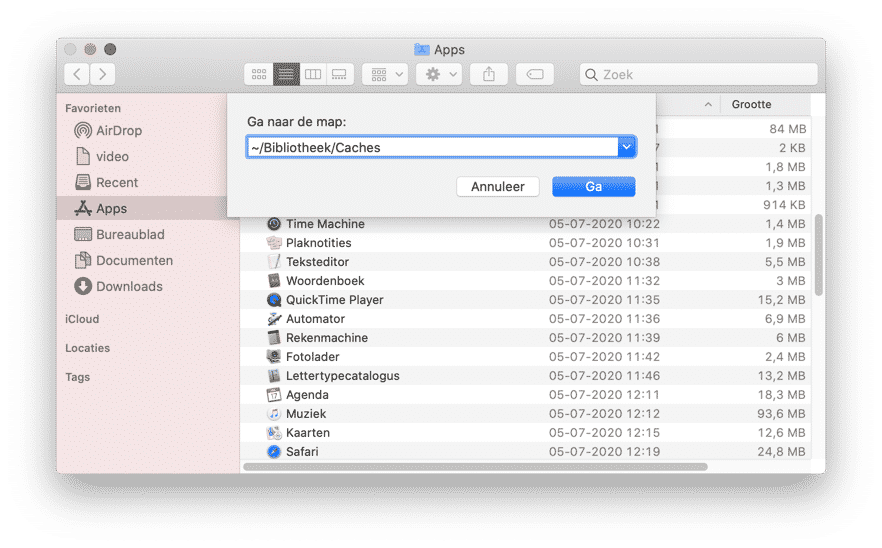
Select the cache you want to delete and drag this folder to the Trash. But how do you know which one to delete?
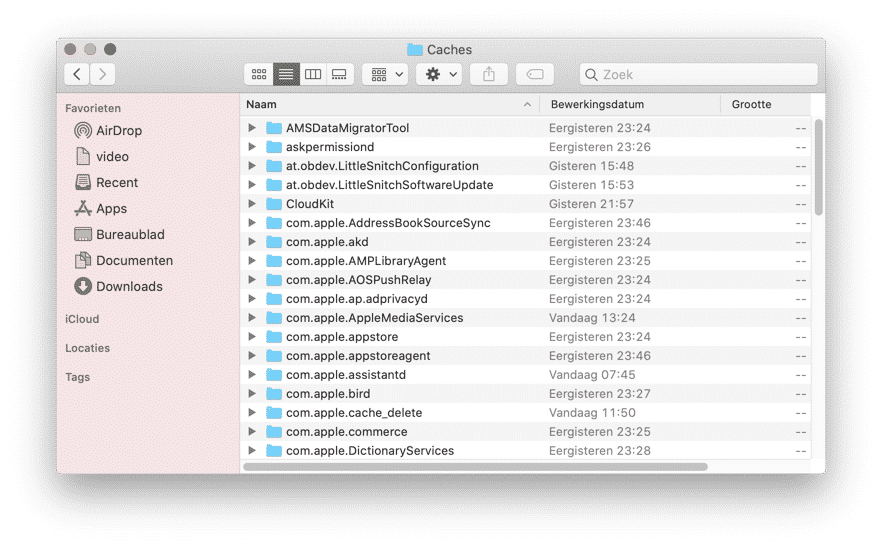
This is complicated because cache is created specifically for a Mac computer. So I cannot clarify what exactly you need to delete. CleanMyMac This can be determined by the system, user and applications found cache files.
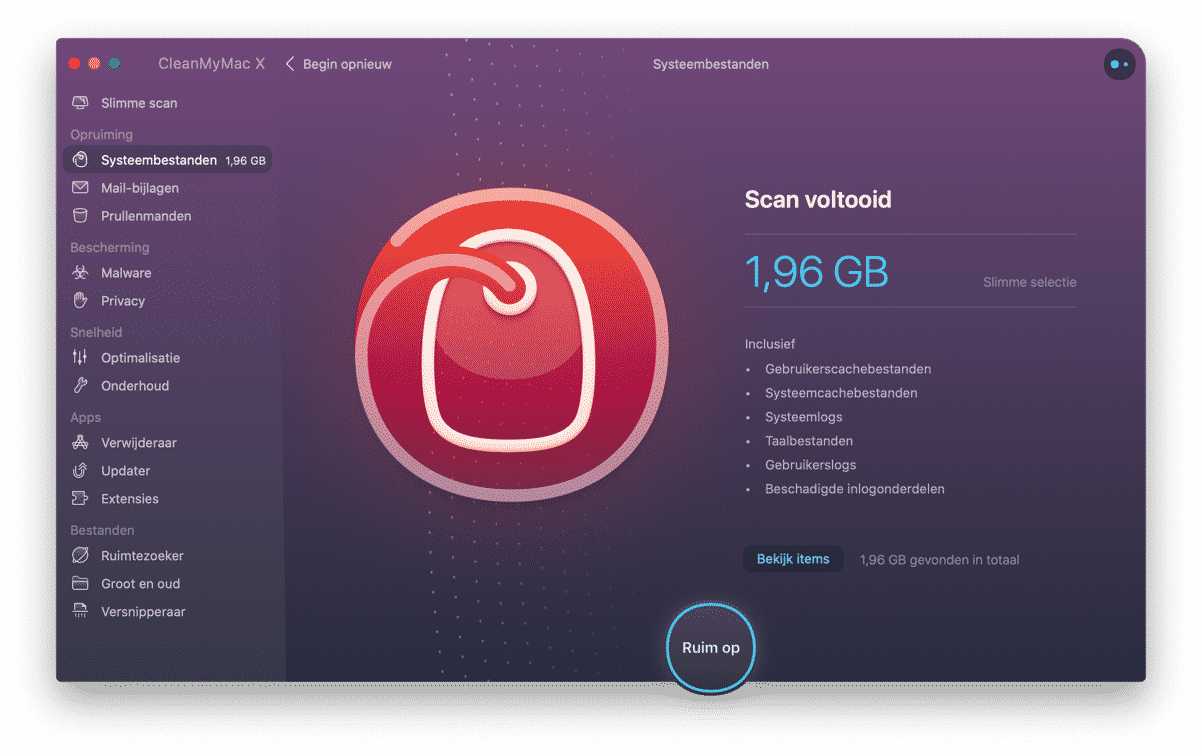
You can run maintenance scripts on your Mac. This is a built-in task in macOS to recycle certain settings and files to increase your Mac performance.
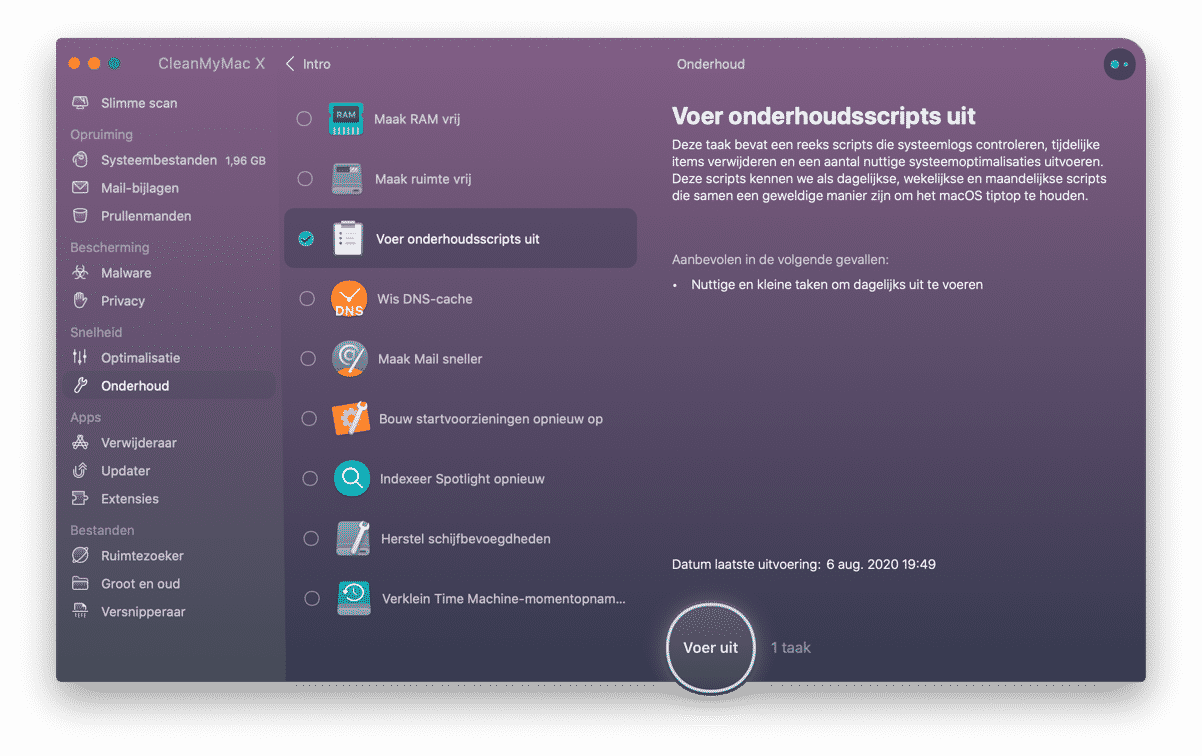
Rather talk maintenance tasks on your Mac run manually?
Create new user account
All your user files and applications can become a heavy burden on macOS over time. This is tied to your user account. It simply contains too many caches, user logs, etc. Creating a new user account is then an option.
Although it sounds a bit radical, you can activate a new user profile. It's absolutely safe and it's a bit like starting a new (Mac) life.
To create a new user account, click on it Appleicon () in the top left corner. Open System Preferences from the menu. Click on Users and Groups. Click on the lock to unlock the settings. Then click on the + icon at the bottom to add a new user account.
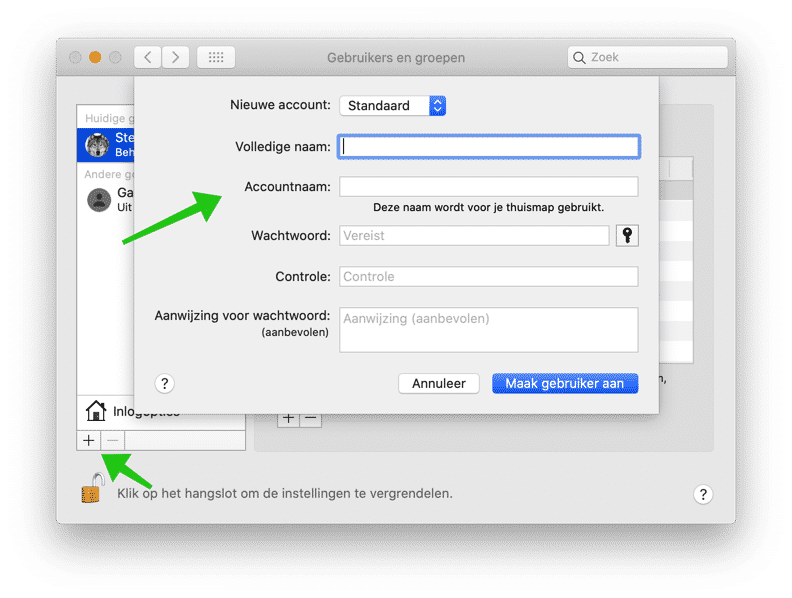
To transfer your important files from one account to another, you need to put them in the shared folder that is on your hard drive.
To find the shared folder, open Finder and navigate to Go > Computer > Macintosh HD > Users. There you will see the Shared folder. This is the shared folder to share files with other users.
Disable visual effects
If your Mac is older and has problems with visual effects, you can try disabling these visual effects to see if it affects the performance of your Mac.
Click on it Appleicon () in the top left corner. Open System Preferences from the menu. Click on Dock.
Disable the following effects by unchecking them:
Magnification
Moving symbol when opening apps
Show/hide dock automatically
Click on “Minimize windows in application icon” and change the Genie effect to Sliding Scale. The scale is a much easier zoom and less taxing on RAM.
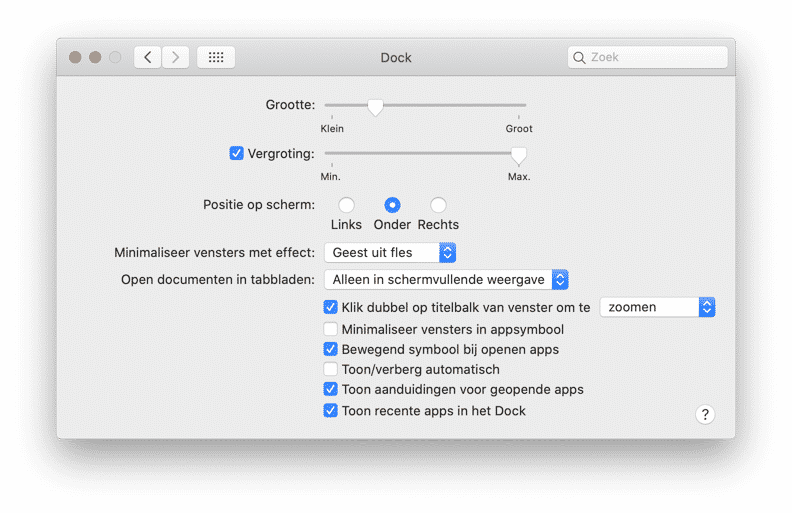
SMC reset
SMC stands for System Management Controller and manages a whole range of functions of your Mac: fans, lighting, power, system volume and other parameters. Often SMC settings are changed and your Mac becomes slow. Resetting the SMC can solve simple problems.
SMC reset if you can remove the battery
Shut down your Mac completely, take out the battery. Press and hold the boot button, replace the battery. Press the Start button again and start your Mac.
SMC reset if you CANNOT remove the battery
Shut down your Mac completely. Press the Shift + Control + Option keys and the Power key at the same time and hold these keys for at least 10 seconds. Let go and press your Mac's Home button again.
SMC reset for the iMac, Mac Pro and Mac mini
Shut down your Mac completely. Unplug the power cord and wait at least 15 seconds. Plug the power back in and restart your Mac.
Reset PRAM
I've solved more problems than I can count by resetting the SMC and PRAM on my Mac. Weird overheating problems? Dissolved! Bluetooth connection problems? Dissolved. Slow start up? They're gone!
But what exactly is this? Every Mac motherboard has a System Management Controller that controls the computer's basic functions, such as Wi-Fi, power management, and hardware connections. The PRAM (Parameter Random Access Memory) contains crucial settings such as volume, keyboard backlight and performance information.
If something goes wrong on your Mac, you can try resetting the PRAM to fix the problem.
To reset the PRAM, you need to shut down your Mac. After pressing the power button, press and hold the COMMAND, OPTION, and P keys. Hold them down until your Mac restarts, then release the buttons!
This will hopefully have resolved any issues, including performance issues, you may be having with your Mac.
Low RAM memory
RAM stands for Random Access Memory. This memory is like fuel for all your applications. One solution is to physically upgrade your RAM. A good idea if you don't have more than 4 GB of RAM. Another way is to free up RAM on your Mac.
You can free up RAM with Terminal via a specific command or with CleanMyMac, directly with a simple click from the menu. I will explain both.
Free up RAM with Terminal
Press the space bar and the command key (⌘) at the same time. Spotlight will now open. In the search box, type: Terminal.
In the Terminal window type: sudo purge
Enter your administrator password to free up RAM in macOS.
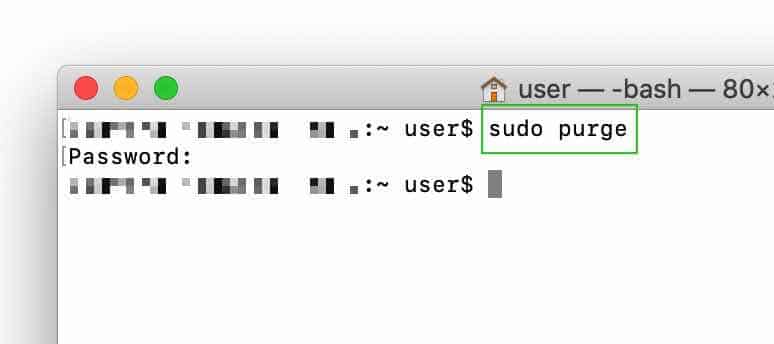
In CleanMyMac click on in the menu Free up. You can also immediately see how much RAM is still available in the quick menu.
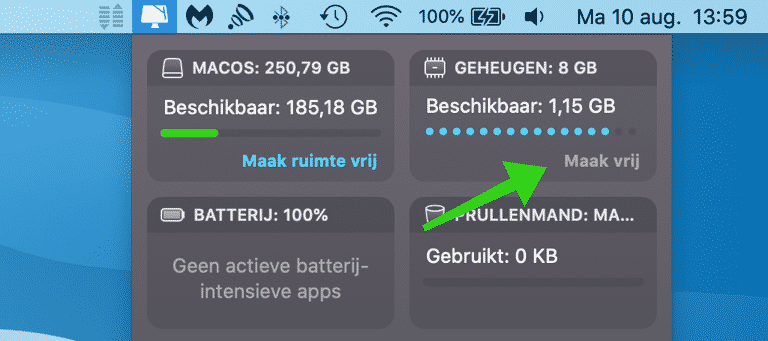
Slow keyboard response
A frequently reported slowdown that can seriously alter your productivity is when you're typing, your keyboard freezes for a split second. This delay affects the Notes application and Chrome. The problem is reportedly caused by outdated system caches that are responsible for keyboard performance.
Shut down your computer. Restart your Mac. Hold down the Shift key and release it when the login window appears.
You are in Safe Mode. Take a note of your keyboard's response and restart your Mac normally.
Enabling Safe Mode will clear many unnecessary caches and repair some software paths in your macOS. Your Mac should perform better if you followed the steps correctly.
Mac slow in sleep mode
If you don't use your Mac for a while, it will eventually go into sleep mode to save some power. Just like with humans, some Macs are harder to wake up than others. No matter which key you press on your screen, it is still black.
Normally, sleep mode is activated after 3 hours of non-use. You can extend this time by using a command in Terminal. The command changes the time from 3 to 24 hours.
Press the space bar and the command key (⌘) at the same time. Spotlight will now open. In the search box, type: Terminal.
In the Terminal window, type: sudo pmset -a standbydelay 86400
Default is (should you revert to how it was): sudo pmset -a standbydelay 10800
Conflicting permissions
Files on your Mac have permissions that determine which programs and services can access these files. Over time, permissions issues occur, causing your macOS to slow down, freeze, or even freeze.
macOS is able to handle conflicting permissions through Disk Utility. Once in Disk Utility you will need to select your startup disk and click on the Disk First Aid tab.
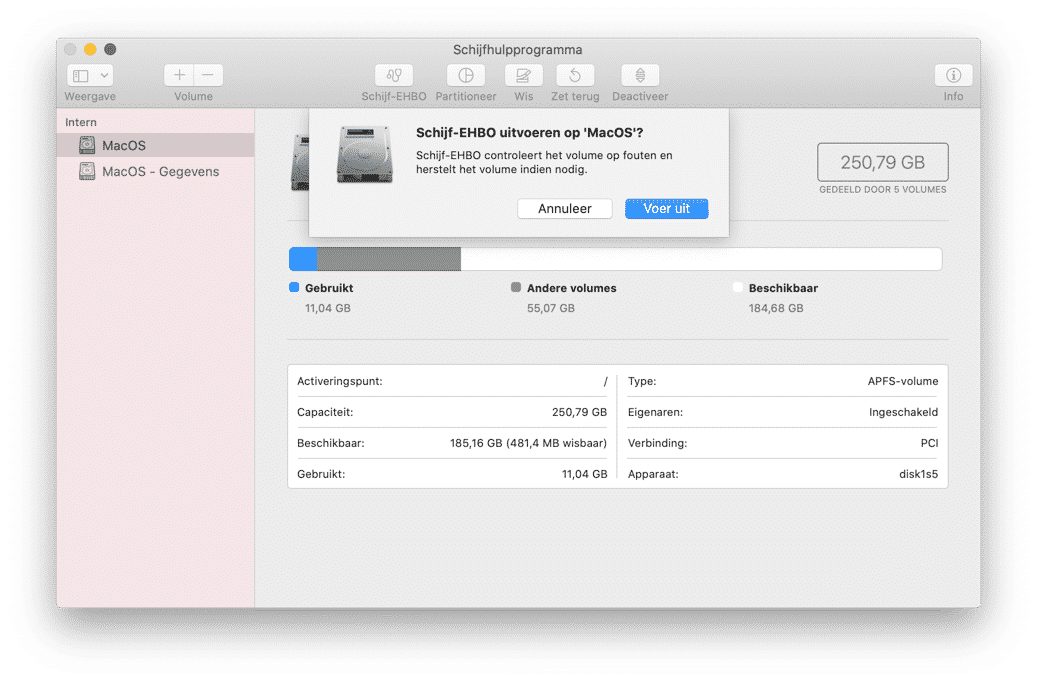
Now click on the Run button and then press Continue. Your Mac will then search your drive and find and repair the permissions so that the next time a program needs that file, your Mac can find it immediately.
Clean up duplicate files
Every Mac has duplicate files. Think of video or photo files. The Downloads folder also regularly contains duplicate files. I recommend that you look through the Downloads folder and see if it contains any files that you no longer use.
To detect duplicate files on your Mac I recommend you read this article: remove duplicate files from Mac (opens in new window).
Too many open windows
Finder is demanding on RAM. Unlike Windows, windows in the Finder overlap and fade into the background. This applies to Preview, Mail, and many other apps. So you have to deal with dozens of open windows without even knowing where they are located.
This lesser-known trick can provide a big benefit when it comes to performance in your Mac “Merge All Windows” works for both Finder and Preview. You can find it in the Window menu in the top bar.
Click Finder. Click window. Then click on “Merge all windows”.
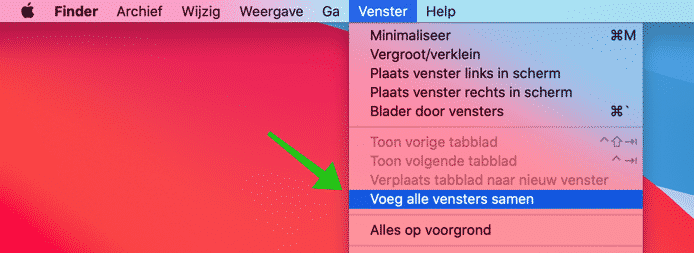
Too many saved photos
How many gigabytes of photos are on your drive? 5 GB, 10 GB, do you have any idea? That's exactly the point. We rarely bother to check how many photos we've collected over the years.
In any case, there will be more than you expect. This leads to a slow Mac computer as your hard drive space disappears quickly.
It is advisable to move the photos to cloud services such as Dropbox, Google cloud, an external hard drive. In any case, no GBs of data on your Mac hard drive.
To move your photo files, do the following. Close the Photos application. Open the Cloud or hard drive via Finder. Choose a new place to save the photos, for example create a new folder. Go to where the photo library is stored on your Mac, usually in Home > Pictures.
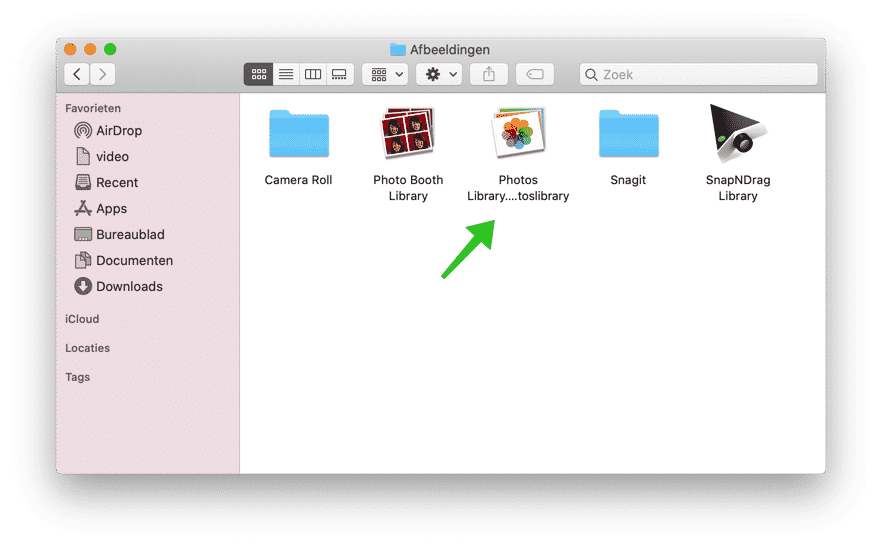
Drag the folder with photo files to the new location on your external hard drive or iCloud service.
Other Mac tips
- If you are having problems with Safari of any kind, and you want to Completely restore Safari to default values.
- Do you have any problems with that? Safari uses a lot of RAM, and that makes your computer slow.
- Safari slow or a website keeps hanging in Safari, causing Safari to freeze.
- If you have problems with advertising in the Safari browser, you can run an anti-malware scan with Malwarebytes for Mac.
- In the following article I describe actions you can take if your Mac startup disk is almost full.
I hope this has helped you speed up your Mac and clean up your Mac. Thank you for reading!



I had my hard drive replaced with an SSD, this makes a significant difference. thanks for the tips
Hello, good to read that it helped, thanks for your response!
Greetings, Stefan
Useful tips to speed up my Mac, especially disabling the startup app with cleanmymac makes a big difference
Beats! Glad I could help. Greetings, Stefan
Hi Stephen,
Thanks for your useful tips.
On my Mac, under the heading 'recommendations', there is a system option at the bottom. This shows that he is constantly busy. This can be seen in the rotating circle to the right.
What could this mean? And how do I solve it if it isn't supposed to be that way?
My Mac is from 2010 and very slow.
MVG
Frank
Hi Frank, that has to do with a lot of loading. I don't know if there is an external hard drive attached? If this is not the case, it will simply take a very long time. This isn't something we can fix, I suspect it's due to an older Mac.
Greetings, Stefan
I see a lot of 'other' data on my mac, how do I clean this up?
Hi Pauline, the “Other” category in recommendations is a combination of files that are not recognized as any of the other file types. This category can include system files and caches, app extensions, user logs, documents (e.g. PowerPoints), zip/rar files, email messages, etc. More information can be found here: https://www.pc-tips.info/tips/mac-osx/wat-is-overige-opslag-in-mac-en-hoe-verwijder-ik-overige-opslag/
Greetings, Stefan
Thank you, I'll take a look right away
Thanks for these great tips!!
Thanks for your response! Glad I could help
Great, cleanmymac works great, useful app
CleanMyMac is the best program to clean my macbook
Thank you, very good and clear article
I was typing my text a little too fast. Some suppliers cannot open their images in my Mail program, sorry for this misunderstanding! Only question marks appear on each image. This works perfectly on my second computer. I have a chat program on our website and when I log in to Zendesk I don't get any further, but I do when I do this with Firefox and that is annoying (two browsers are open).
Hello, the problem I have with safari is that several images do not open, a question mark always appears (only text is visible). Even if I open one specific website and have to log in, this no longer works. This works perfectly with Firefox, but not anymore with Safari (I have only had this problem for 2 weeks now). On my Mac, version OS is 10.9.5.
Hello, you can clear the browser history (website data). You may have already done this. If so, do you have an example of a website that does not display images in Safari? There are problems with .webp images and Safari, but that is only specific to a website. Would like to hear.
CleanMyMac X has recently been updated. The software is now also available for Mac OS Catalina!
Hi, I have a Mac from 2009, some things are not okay anymore.
Nice article, but I don't know if I can do all this myself.
The Amac store is in Gouda, I just bought a new keyboard there.
I'm not really an IT person! I can do something but...
Advice is very welcome and so is help. Thank you very much in any case!
Hallo,
You can perform maintenance on your Mac using CleanMyMac. No technical knowledge is required, try the program first in the test version.
how to remove duplicate bookmarks from safari
See our tips on removing duplicate bookmarks in Safari: http://www.pc-tips.info/tips/mac-osx/dubbele-bladwijzers-bookmarks-safari/
If you have a question, please ask. We would like to hear from visitors if there are any problems. If not, perfect! Otherwise we are happy to help you.